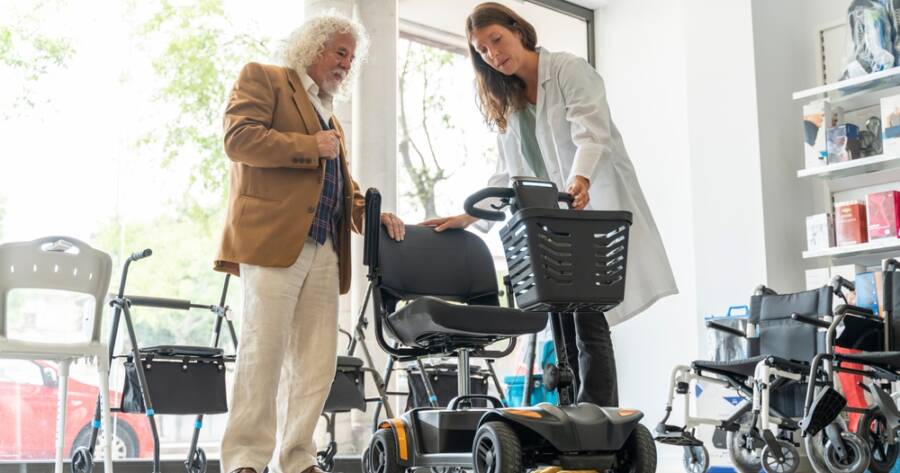Medicare supports individuals with limited mobility by covering mobility scooters as Durable Medical Equipment under Part B. Eligibility hinges on medical necessity, a doctor’s prescription, and purchasing through approved suppliers. Exploring coverage options under Medicare Part C or Medigap can further decrease costs, enhancing affordability and quality of life for beneficiaries. The process involves strategic steps and considerations.
Understanding Medicare Coverage for Mobility Scooters
Medicare offers critical support for individuals with limited mobility by covering the costs of mobility scooters under Medicare Part B. These scooters are classified as Durable Medical Equipment (DME) and must be deemed medically necessary to qualify for coverage.
To qualify, patients need a doctor’s prescription and must purchase their scooter from a Medicare-approved supplier following approval of the mobility equipment.
Eligibility Criteria for Mobility Scooters
Eligibility for Medicare coverage of mobility scooters begins with the verification of a medical condition that severely limits walking ability.
In addition, a Certificate of Medical Necessity (CMN) must be completed by a healthcare provider, supporting the need for the scooter to enhance independence and life quality. This form, alongside other medical records, must be submitted to Medicare for evaluation.
Exploring Additional Coverage Options
While Medicare Part B covers 80% of the scooter’s cost, beneficiaries are responsible for the remaining 20% and any applicable agreed-upon deductibles. However, Medicare Part C (Medicare Advantage) or Medigap plans might cover additional expenses, potentially reducing out-of-pocket costs. Reviewing the specific plan details is advisable as coverage can differ among plans and providers with benefits for assisted movement.
Steps to Obtain a Medicare-Covered Scooter
Acquiring a Medicare-covered mobility scooter is a structured process involving several key steps. Initially, a face-to-face consultation with a physician is required to verify the medical necessity of the scooter.
Post-approval, the selection of a scooter from a Medicare-accepted supplier ensures the proper billing and reimbursement process is followed to ensure effective coverage. Reimbursement generally covers up to 80% if the prescribed conditions are fulfilled.
Important Considerations When Choosing a Mobility Scooter
Several factors must be considered when selecting a Medicare-approved mobility scooter. These include battery life, comfort, stability, and ease of use, all adhering to Medicare’s standards for safety and usability within the home environment.
Consulting healthcare professionals regarding individual needs and home compatibility is crucial before making a choice.
The Process and Benefits of Medicare-Covered Mobility Scooters
Medicare-approved scooters provide significant cost savings as they meet rigorous performance and safety standards. This not only ensures quality but also offers peace of mind.
The process includes steps like obtaining a doctor’s prescription, noting documented medical necessity, and purchasing through a Medicare-approved provider to enhance convenience. The result is a reduction in out-of-pocket expenses compared to non-Medicare-covered scooters, providing financial respite to those eligible.
Why You Should Learn More About Medicare Today
Understanding the details of Medicare coverage for mobility scooters is beneficial, especially for those individuals coping with mobility limitations. This knowledge allows beneficiaries to maximize their plan benefits, reducing personal costs while enhancing their quality of life.
By gaining detailed insights into eligibility criteria and coverage options, individuals can make informed decisions about their mobility options effectively.

